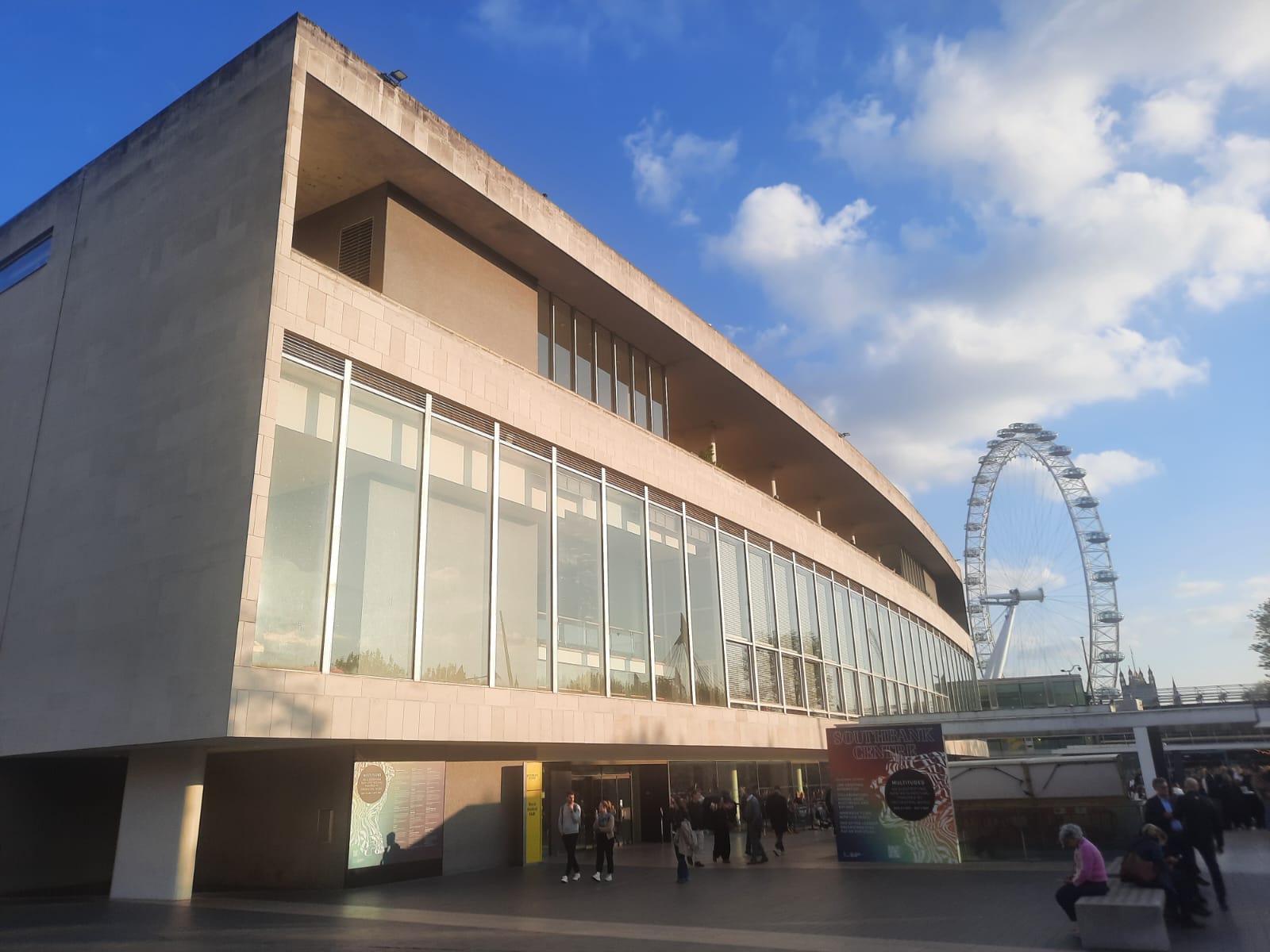Oh To Believe In Another World – Southbank Centre, London
William Kentridge’s film Oh to Believe in Another World creates a subversively complex emotional landscape to accompany Shostakovich’s Symphony No. 10 in E Minor.

Oh to Believe in Another World
As I’ve established before, I’m no expert in classical music. In fact, I’m sometimes woefully unable to distinguish my Tchaikovsky from my Camille Saint-Saëns when it comes to swans in classical music. But I’m enthusiastic and curious, so that’s got to count for something, right? And on this occasion, I was here for the art as much as the music.
Which is very much the theme of the Southbank Centre’s new festival Multitudes, which promises orchestral music “reimagined for all the senses”. Poets, artists, dancers, MCs, all combine their talents with world-class orchestras to forge thrilling results. Thrilling us yesterday evening was the resident Philharmonia Orchestra with Marin Alsop conducting. After a rendition of Leonard Bernstein’s Chichester Psalms, the main event was Shostakovich’s Symphony No. 10 in E Minor (Opus 93), with an accompanying film by William Kentridge entitled Oh to Believe in Another World.
So there we have it, it was the lure of William Kentridge that brought me here. After first encountering his work in 2022, he’s fast become a favourite artist of mine. I love his multidisciplinary creativity, and his charming world-building. This work is no exception. If you aren’t familiar with Dmitri Shostakovich, he was a major Soviet composer and pianist. Despite this acclaim, however, his relationship with the Soviet government was complex. Successes and awards were tainted by condemnations, denouncements and censure. Shostakovich wrote Symphony No. 10 in E Minor shortly after the death of Stalin in 1953 (according to him – other accounts place it earlier), and it is a musical depiction of the Stalin years, both political and deeply personal.
Two Works of Art in Tandem
Kentridge took this purported underlying theme to Symphony No. 10 and created an accompanying film in response, which neither overpowers nor is subservient to the music in question. The two exist together, the music elevating the experience of watching the film, and the film making tangible the music’s atmospheric and emotional power. A commission by the Luzerner Sinfonieorchester in 2022, it has delighted audiences in a number of countries since.
In Oh to Believe in Another World we explore what seems to be an abandoned Soviet museum: in actuality a cardboard model in Kentridge’s studio. Puppets and dancers are inserted into this world, representing figures like Lenin, Stalin, Trotsky, Shostakovich, his student Elmira Nazirova, the poet Mayakovsky, but also ordinary Soviet citizens. Long-time Kentridge collaborator Greta Goiris has designed the costumes: her work helps to cement Kentridge’s alternate worlds, but here also has a Constructivist look.
I loved the end result. I didn’t always understand it: the excerpts from Mayakovsky’s writing flashed up on screen add an additional layer of interpretation I couldn’t quite keep up with. But I found it deep, and complex, and emotionally engaging. It helps that I like the drama of Russian composers. The Urban Geographer less so, and he was less excited by the evening than I was. But we both agreed that Bernstein’s composition suffered by comparison: I’m not sure the pairing worked for me.
Multitudes is on until 3 May. I’m sure there will be other equally thrilling juxtapositions between different artforms. What I’ve seen so far has convinced me the idea behind this festival is a winning one.
Salterton Arts Review’s rating: 3.5/5
Oh to Believe in Another World was on 24 April 2025 only. Multitudes continues until 3 May 2025.
Trending
If you see this after your page is loaded completely, leafletJS files are missing.

